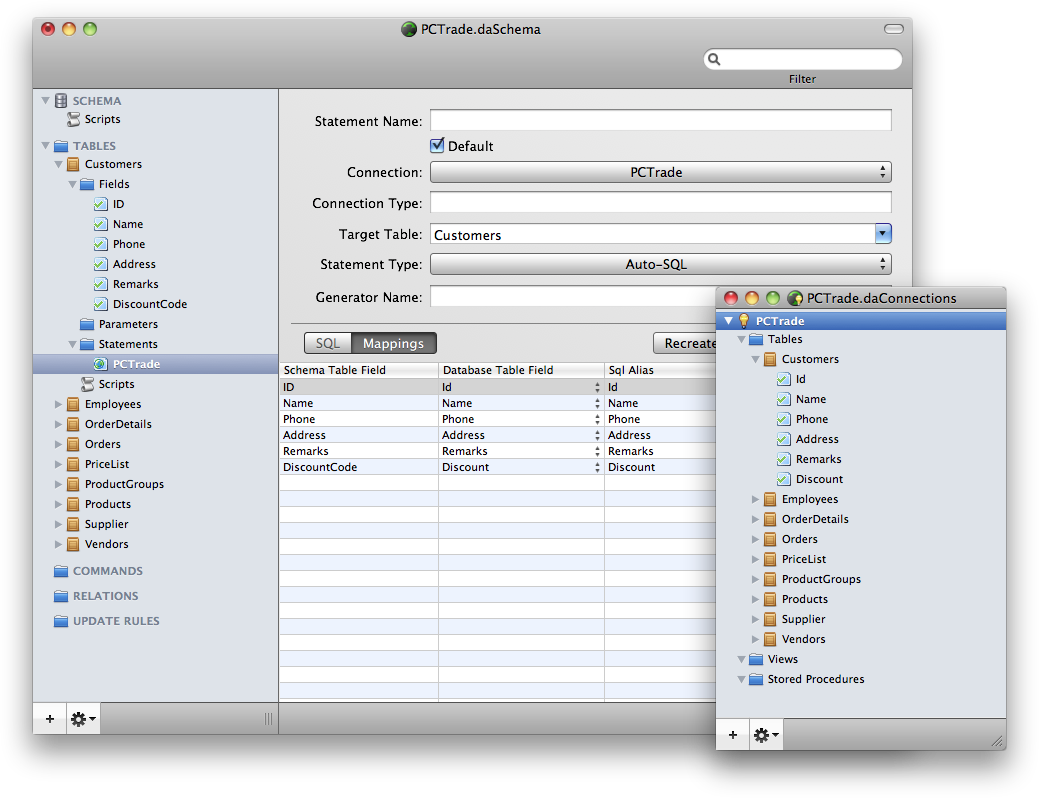

- #Os x server apple mac os x#
- #Os x server apple mac os#
- #Os x server apple install#
- #Os x server apple windows#
Furthermore, Apple's own FireWire was not supported. This meant that the only native applications for OS X Server 1.0 were written for the "Yellow Box" API, which went on to become known as " Cocoa".
#Os x server apple mac os#
" Carbon", essentially a subset of "classic" Mac OS API calls, was also absent. The Dock and the Aqua appearance were not included these were added later in Mac OS X.
#Os x server apple windows#
Unlike any version of Classic Mac OS, windows with unsaved content display a black dot in the window close button like NeXTSTEP did.
#Os x server apple mac os x#
The user interface still uses the Display PostScript-based window server from NeXTSTEP, instead of the Quartz-based WindowServer, which would appear a year later in Mac OS X Public Beta.

Like the classic Mac OS, it has a single menu bar across the top of the screen, but file management is performed in Workspace Manager from NeXTSTEP instead of the classic Mac OS Finder. Server 1.0 contains a mix of features from the classic Mac OS, NeXTSTEP and Mac OS X. It did not include the eventual Aqua user interface (instead using NeXTSTEP's Workspace Manager shell mixed with aspects of Mac OS 8's " Platinum" user interface) or Carbon API. Mac OS X Server 1.0 was a prelude to the first consumer-oriented version of the OS- Mac OS X 10.0-which was released in 2001. It could run applications written using the " Yellow Box" API, and featured components such as NetBoot, the QuickTime Streaming Server, components carried over from NeXTSTEP, and the "Blue Box" environment (which allows a Mac OS 8.5 session to be launched as a separate process to run legacy Mac OS software). It was Apple's first commercial product to be derived from " Rhapsody"-an eventual replacement for the classic Mac OS derived from NeXTSTEP's architecture (acquired in 1997 as part of Apple's purchase of NeXT) and BSD-like Mach kernel. Released on March 16, 1999, it was the first version of Mac OS X Server. That means departments or workgroups in enterprise environments can take advantage of the low-cost file, print, Internet and networking services in Mac OS X Server, while still integrating with their existing Active Directory infrastructure for permissions, user and group account information and authentication.Mac OS X Server 1.0 is an operating system developed by Apple Computer, Inc. You can configure Mac OS X Server to access basic user account information in Active Directory, without requiring any modifications to the Active Directory schema. Mac OS X Server is designed to fit into just about any managed network environment, including ones that use Microsofts Active Directory. ACLs provide an extended set of permissions, giving you fine-grained control over share points and folder access privileges, as well as the ability to assign multiple users and groups as owners on a file Active Directory Integration Mac OS X Server v10.4 is the only UNIX-based operating system to implement file system access control lists (ACLs) that are fully compatible with Windows Server 2003 Active Directory environments and Windows XP clients. Open Directory also supports Microsofts Kerberos implementation for accessing authenticated services hosted on Mac OS X Server. You can now access user, group and computer records stored in Microsofts proprietary directory server without requiring modifications to the Active Directory schema. Better yet, your users can access their network files including roaming profiles for network home directories from both Windows and Mac systems with the same username and password. This means you dont need to maintain a separate directory database for Windows systems. NT Domain ServicesĪpple has integrated Samba with Open Directory for user authentication.
#Os x server apple install#
Mac OS X Server systems appear right in Windows users Network Neighborhood just like a Windows server so your users can browse folders and share files without having to install any additional software. Samba 3 delivers high-performance, reliable file and print services to Windows clients using the native SMB/CIFS file protocols. Or, if you've already deployed Active Directory, Mac OS X Server can deliver cost-effective workgroup services while still integrating with Active Directory for user account information and authentication. Mac OS X Server is the ideal replacement for aging Windows NT or Windows 2000 servers, without requiring your business to transition to a complex and expensive Active Directory infrastructure. And the Mac OS X Server Unlimited-Client Edition allows you to scale your network as your needs grow without draining your IT budget. Apples industry-leading administrative tools make these open source services extremely easy to set up and manage.


 0 kommentar(er)
0 kommentar(er)
